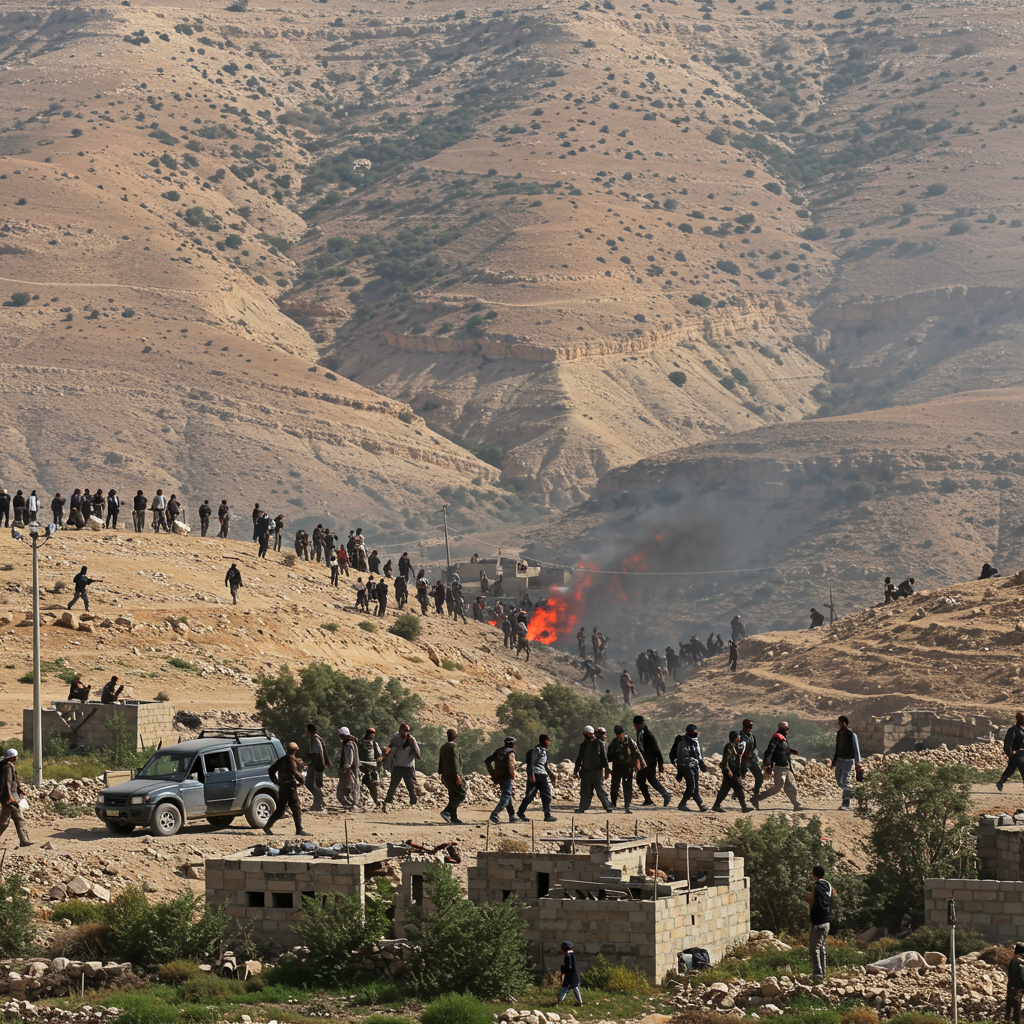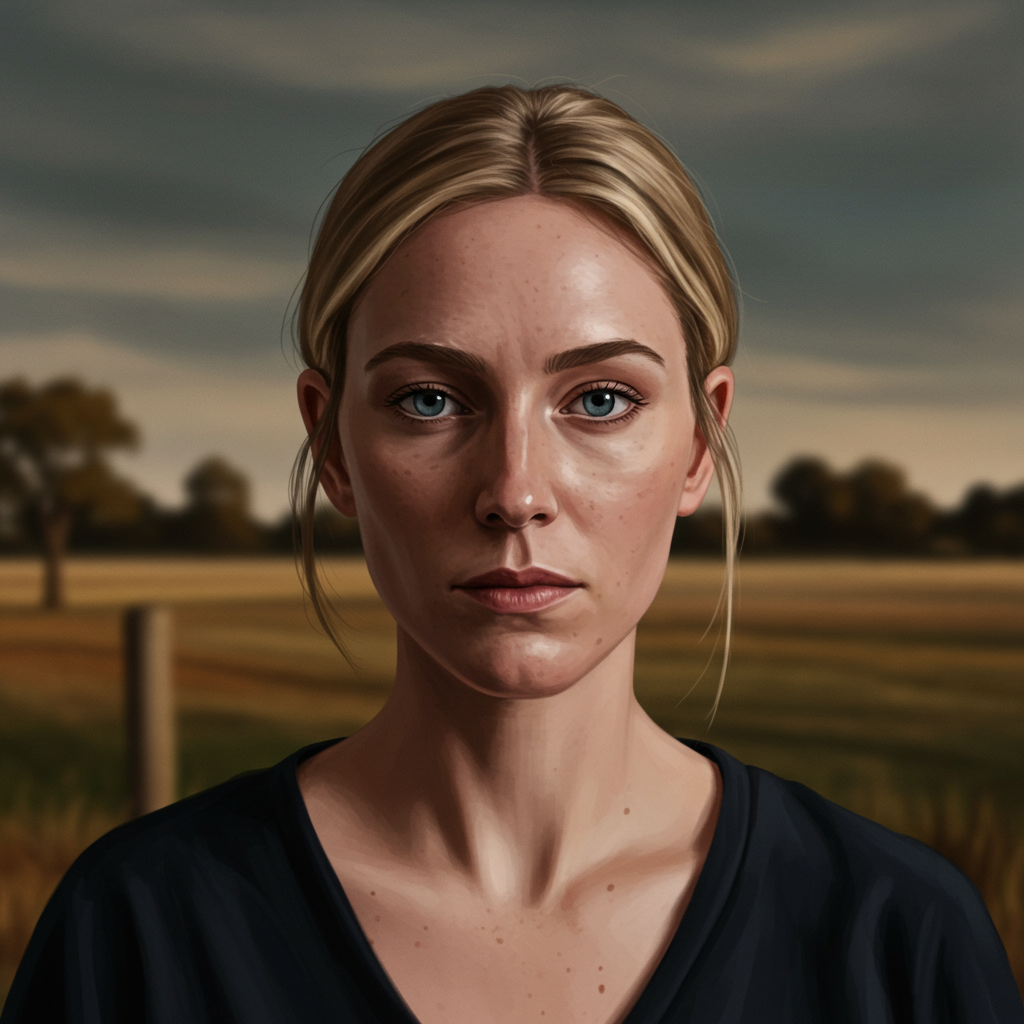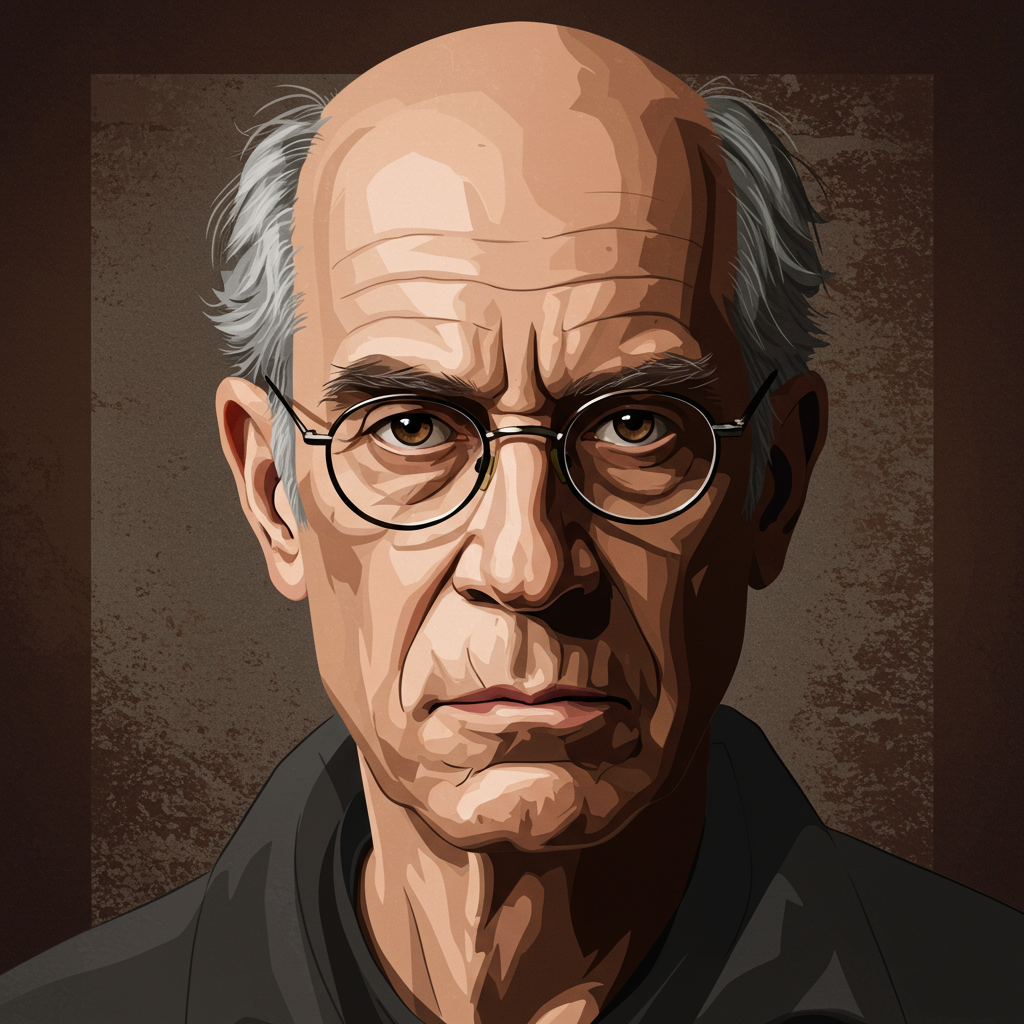Deadly sectarian violence has erupted in southern Syria, leading to dozens killed in clashes between Sunni Bedouin tribal fighters and Druze militias. This intense fighting unfolded primarily in the Sweida province, a region largely populated by the Druze community. The conflict represents a significant escalation in tensions in post-Assad Syria, highlighting deep-seated local feuds and broader security challenges facing the new transitional government.
The violence began on Sunday, July 14, 2025, just two days after a Druze merchant was reportedly abducted along the vital highway connecting Sweida to Damascus. This incident triggered a cycle of retaliatory kidnappings. Soon, the confrontation spiraled into full-scale armed clashes across Sweida city and its surrounding areas.
The Escalation of Violence in Sweida
Initial reports placed the fighting in the al-Maqwas neighborhood of Sweida city. This area is known to be inhabited by Bedouin groups. Armed Druze fighters reportedly surrounded and later seized control of this neighborhood. The conflict did not remain confined to the city.
The clashes rapidly spread into other parts of Sweida province. Bedouin tribesmen launched attacks on Druze towns and villages. These assaults targeted communities on the western and northern outskirts of Sweida city. The Syrian Observatory for Human Rights (SOHR), a UK-based monitoring group, reported specific attacks. They noted shelling in the towns of Sumay and Mazraah. Residents of the village of Tayrah fled their homes. Armed men entered the outskirts there and set fire to several houses.
Varying Casualty Reports Amidst Chaos
The exact number of casualties from the fighting remains difficult to confirm. Reports from various sources offered differing figures. Syria’s interior ministry initially stated at least 30 people had died. They also reported nearly 100 injuries. Local activist-run news outlet Suwayda 24 provided a higher estimate, reporting “dozens” killed and over 200 wounded.
SOHR offered a detailed breakdown on Monday. They reported at least 89 deaths. This figure included 46 Druze individuals, four civilians, 18 Bedouin fighters, and seven unidentified people in military uniforms. A defense ministry source also reported six security forces personnel killed during attempts to separate the groups. Medical sources confirmed at least 15 bodies arrived at the state hospital morgue in Sweida. The high casualty count underscores the severity and intensity of the recent confrontations. Independent verification of these figures has proven challenging.
Government and Local Responses
Syria’s interior ministry acknowledged the dangerous turn of events. They described the situation as a “dangerous escalation.” The ministry attributed the crisis partly to “the absence of relevant official institutions.” This lack of state presence, they noted, worsened chaos and security deterioration. It also made it difficult for the local community to contain the crisis despite repeated calls for calm.
The ministry announced plans for direct intervention. Interior ministry forces, in coordination with the defense ministry, would “begin direct intervention in the area.” Their stated goal was to end the conflict and “impose order.” Sweida’s Governor, Mustapha al-Bakur, appealed to residents for calm. He urged them to “exercise self-restraint.” He also called on them to “respond to national calls for reform.”
Druze spiritual leaders in Sweida also appealed for calm. However, one prominent spiritual leader, Sheikh Hikmat al-Hijri, voiced opposition to the entry of general security forces. He instead called for “international protection” for the Druze community. Sheikh al-Hijri also accused government forces of supporting “takfiri gangs.”
Underlying Tensions and Context
These clashes are the latest deadly outbreak of sectarian violence in Syria. This violence follows the overthrow of President Bashar al-Assad by Islamist-led rebel forces in December 2024. Syria’s many minority communities, including the Druze, have expressed concerns. They worry about the new authorities’ pledges to protect them. The Druze, concentrated primarily in Sweida, are a distinct religious group with their own unique identity. They constitute roughly three percent of Syria’s total population.
Sweida province has emerged as a center of opposition to the transitional government led by President Ahmad al-Sharaa. Concerns about potential marginalization under the new administration fuel this opposition. The recent fighting reignited a long-standing feud between Druze and Bedouin factions in the area. Violence has flared between these groups periodically over the years.
The current events follow previous significant clashes earlier in 2025. In April and May, deadly violence occurred in Damascus suburbs and Sweida province. These incidents involved Druze gunmen, security forces, and allied Sunni Islamist fighters. Over 130 people reportedly died in those earlier clashes. Following that fighting, an agreement was reached. The government and Druze militias reportedly agreed to hire local security forces in Sweida province from Druze ranks. However, armed Bedouin groups remained present in several areas. This indicated the fragility of these local security arrangements. Rayan Marouf, a Druze researcher running the Suwayda24 website, warned that this latest cycle of violence had “exploded in a terrifying way.” He cautioned that if it did not end, the area was “heading towards a bloodbath.”
External Involvement and Broader Implications
The escalating violence in southern Syria also drew the attention of neighboring Israel. On Monday, the Israeli military (IDF) announced it had attacked several tanks. They stated they believed these tanks were heading towards Sweida. The IDF wrote on Telegram that these tanks potentially posed a threat to Israel. They added they would continue to monitor the situation in southern Syria.
Israel’s Channel 14 reported the attack followed “suspicious movements.” These movements suggested the tanks were heading toward a Druze-populated area. Israeli Prime Minister Benjamin Netanyahu has previously vowed to protect the Druze religious minority during outbreaks of sectarian violence in Syria. Israel has a significant Druze population within its own borders, and many serve in the Israeli armed forces. Israel has historically cited the protection of Druze as a justification for interventions in Syria. However, some Syrian Druze reportedly do not wish for Israeli intervention.
The United Nations Deputy Special Envoy for Syria, Najat Rochdi, expressed “deep concern” over the violence. She urged the Syrian government and local groups to “take immediate steps to protect civilians, restore calm, and prevent incitement.” Rochdi also highlighted that the clashes underscored the “urgent need for genuine inclusion, trust-building, and meaningful dialogue.” This is necessary, she added, “to advance a credible and inclusive political transition in Syria.” The surge in violence, including earlier attacks targeting other communities, reportedly undermines confidence in the new Syrian authorities’ ability to protect minorities.
Frequently Asked Questions
What caused the recent deadly clashes in southern Syria’s Sweida province?
The immediate trigger for the clashes that began on Sunday, July 14, 2025, was the reported abduction of a Druze merchant on the highway to Damascus two days earlier. This incident quickly led to retaliatory kidnappings between Druze and Bedouin groups. The situation rapidly escalated from these tit-for-tat actions into widespread armed confrontations across Sweida province between Druze militias and Sunni Bedouin tribesmen, fueled by a long-standing local feud and underlying tensions in the region.
What is the current security situation in Sweida province following the violence?
As of Monday, July 15, 2025, the security situation in Sweida province remained volatile despite mediation efforts. Although a brief calm followed a Sunday night agreement that reportedly resulted in the release of some hostages, fighting resumed on Monday. Syria’s Interior and Defense Ministries announced the deployment of security forces to intervene directly, end the conflict, and restore order, acknowledging the “absence of relevant official institutions” had worsened the crisis. Sweida’s governor and Druze spiritual leaders also called for restraint, while one prominent leader sought international protection instead of government intervention.
How has the fall of the Assad government impacted minority groups like the Druze in Syria?
Following the overthrow of President Bashar al-Assad in December 2024, Syria’s minority communities, including the Druze, have expressed significant concerns about their safety and rights under the new transitional government. The Druze community in Sweida, a predominantly Druze region, has become a notable voice of opposition to the new administration. The recent deadly clashes, alongside earlier sectarian violence in April and May 2025, have heightened fears among minorities and reportedly undermined confidence in the authorities’ ability to provide protection and maintain stability across the country.
Conclusion
The recent eruption of deadly violence in Syria’s Sweida province underscores the complex challenges facing the country in the aftermath of its protracted conflict and the fall of the previous government. Clashes between Druze militias and Bedouin tribes, triggered by a local abduction, quickly escalated, resulting in significant casualties and widespread insecurity. The conflict highlights the fragility of security arrangements, the persistence of local feuds, and the vulnerability of minority communities in post-Assad Syria. Responses from the Syrian government, local leaders, and even neighboring Israel reflect the regional implications of the instability. Restoring lasting peace in Sweida will require addressing deep-rooted grievances, rebuilding state institutions, and fostering genuine dialogue among Syria’s diverse communities.




